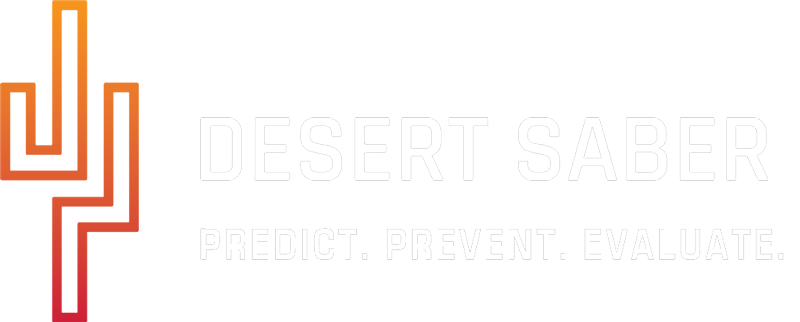
|
SHMS Component |
Desert Saber PPE Component |
| 1. Leadership |
Measure soft skills related to leadership and assess changes over time |
| 2. Responsibility and accountability |
Measure personal accountability, assess performance, identify positive and negative reinforcements, assess target performance for each person, conduct reviews for shifts, weeks, months, quarters, years |
| 3 .Management systems coordination |
Link assessments with rest of SHMS |
| 4. Fatality prevention/risk management |
Assess personal and pre-task risk, systematic job and task risk, formal, process and equipment risk for high frequency/low severity and low frequency/high severity work activities; test whether controls are working as planned; verify all employees are trained and competent; use for non-routine activities; maintain hazard recognition procedures |
| 5. Training and competence |
Discretionary, compliance, and task training, periodic refreshers to ensure knowledge retention, site-based safety orientation for visitors and new employees; metrics for percentage of workers competent for their job |
| 6. Emergency management |
Use prior to conducting a field exercise; test existing response plans; conduct with team; conduct training more frequently at lower cost |
| 7. Culture enhancement |
Compare behaviors from games to survey data; measure changes from game play that relate to culture (conversations about safety) |
| 8. Collaboration and communication |
Let safety and health committees have input into customization of games and their data |
| 9. Reinforcement and recognition |
Link reinforcement and recognition to behavior optimization - leaderboards |
| 10. Resources and planning |
Use as part of employee assimilation process to integrate new employees; pre-employment screening; particularly with Predictive Index profile |
| 11. Change management |
Test compliance and understanding of change management systems; integrate game results with change management as part of continuous feedback |
| 12. Work procedures and permits |
Evaluate compliance with SOPs, test compliance for high risk work |
| 13. Occupational health |
Link to wellness education by showing health outcomes in the games |
| 14. Incident reporting and investigation |
Capture lessons learned from near misses and accidents and teach root cause analysis with accident simulations |
| 15. Behavior optimization |
Assess workers for at risk behaviors and provide feedback and training to improve; use as part of an observation and feedback program |
| 16. Safety and health management assurance |
Training is compliant with MSHA/OSHA |
| 17. Assurance |
Use data as part of internal/external audits as leading indicators |
| 18. Documentation and information management |
Store data on company servers in a readable, accessible reporting format |
